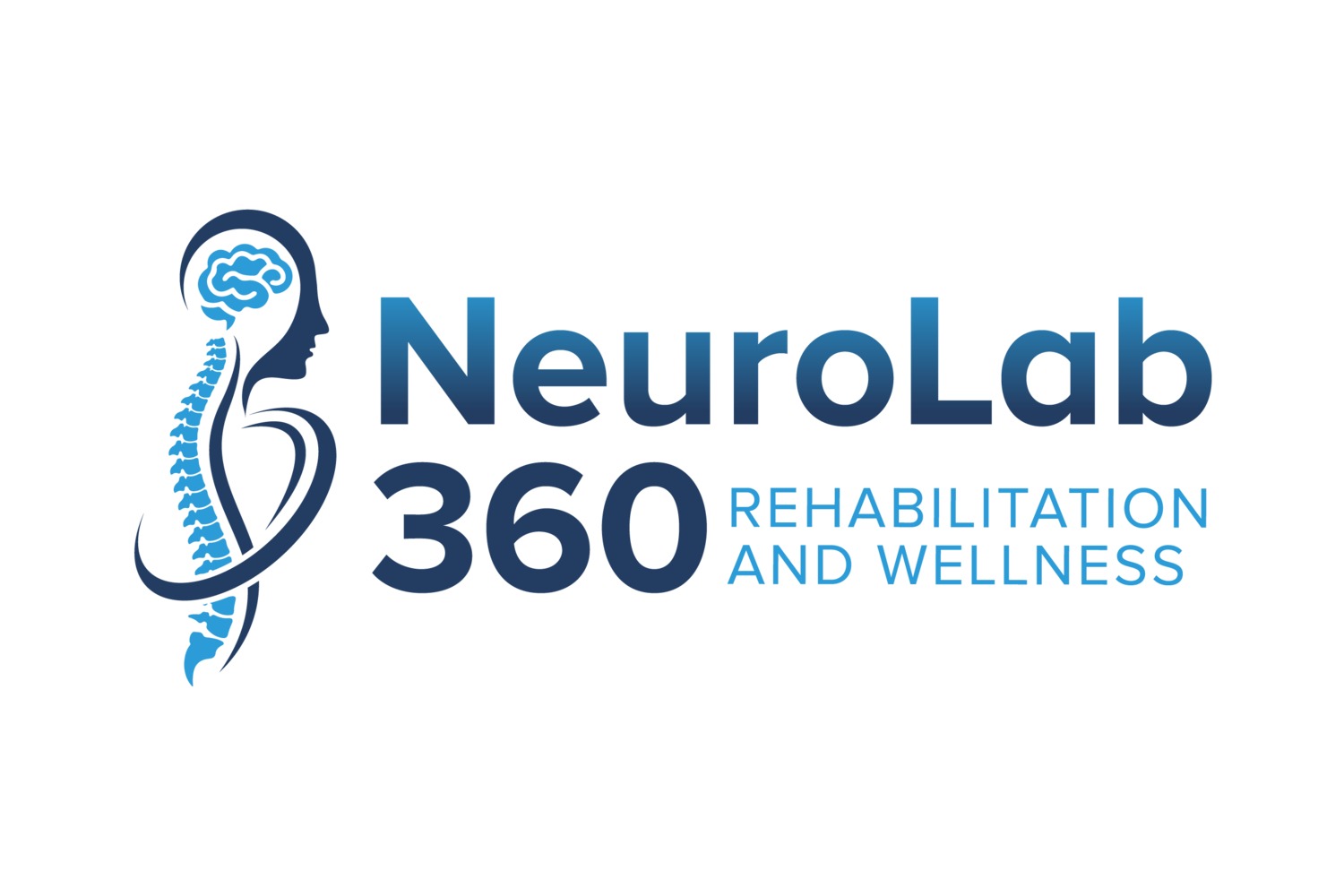Principles of Neuroplasticity: Use it and Improve it
We know that in neurologic rehabilitation we rely on neuroplasticity to help encourage and promote recovery. In our last blog post we discussed the first principle of neuroplasticity: Use it or lose it. In today’s post, we will dive a bit deeper into the second principle of neuroplasticity: Use it and improve it!
While it is true that if we do not use certain areas of our brain the function that these areas control will degrade, it is also true that if we do use areas of our brain often, the function will improve! Neuroplasticity, or changes within the brain, can be induced within specific areas of the brain through extended training. This has been demonstrated extensively in animal studies. For example, monkeys that are trained to perform movements with their fingers to retrieve small food pellets were found to have an increase in finger representation areas within the primary motor cortex. This means that because they extensively trained with small movements of their fingers, the area of their brain that controls movement dedicated more space to the fingers.
This neuroplasticity that occurs can be explained by both synaptogenesis, the creation of new connections between nerve cells, as well as increased synaptic responses (responses between nerve cells). Similar changes in our neurons occur in response to rehabilitation which helps improve potential for functional recovery after neurologic injury.
Additional research shows that behavioral experience can also enhance behavioral performance and increase neuroplasticity after brain damage. Research has demonstrated that housing animals in complex environments before and after injury can help to enhance functional recovery. We can use this concept in physical therapy by implementing complex environments and new and challenging tasks to help drive neuroplasticity and recovery.
Now that we have explained this concept of use it and improve it to help promote neuroplasticity, let’s all use it! Join us in our group exercise classes or in one on one therapy to help encourage neuroplasticity and functional recovery! Stay tuned for next weeks blog post on the third principle of neuroplasticity: specificity.
Kleim, JA &Jones TA, 2008. Principles of exercise-dependent neural plasticity: Implications for rehabilitation after brain damage. Journal of Speech and Hearing Research (51): 225-239.

